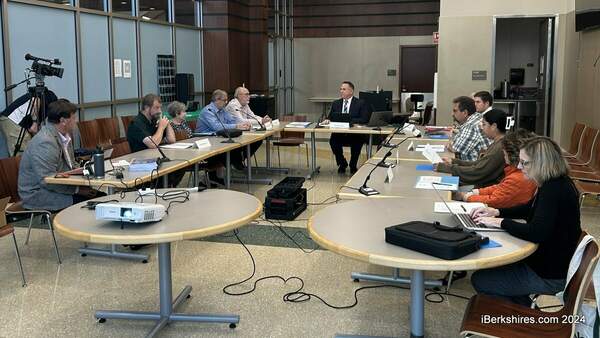PITTSFIELD, Mass. — The city of Pittsfield is advising people to avoid contact with the Housatonic River until late Friday night after an accidental discharge of untreated wastewater near 901 Holmes Road.
The Department of Public Services and Utilities sent the notification by email to local media at 11:06 p.m. on Wednesday.
The notification indicates the discharge began at 9:06 p.m. on Wednesday and lasted 19 minutes, until 9:25 p.m.
During that period, the discharge volume was 187,500 gallons, the notification indicates.
"The overflow consist of untreated or partially treated sewage and waste," the notification reads. "Avoid contact with [the Housatonic] for 48 hours after the discharge or overflow ceases due to increased health risks from bacteria and other pollutants."
The notification was required by the Massachusetts Department of Environmental Protection.
The document indicates updates on the situation will be posted on the Pittsfield Department of Public Utilities website.
Residents also can enroll in the city's CodeRED program to receive alerts related to the discharge of untreated wastewater.
| If you would like to contribute information on this article, contact us at info@iberkshires.com. |















